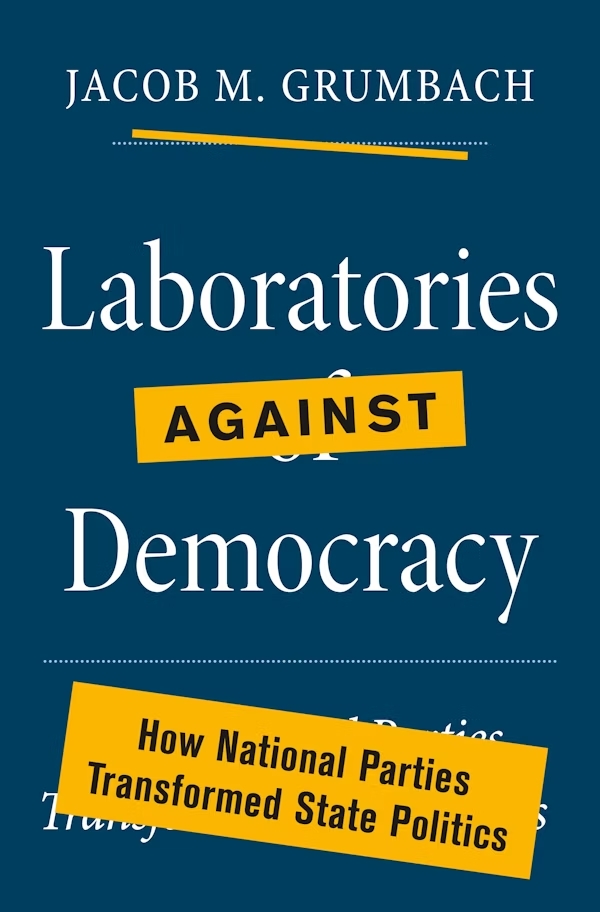This is the subject of Nick Seabrook’s timely new book, “One Person, One Vote: A Surprising History of Gerrymandering in America” (Pantheon), an excellent, if gloomy, guide to the abuse (or maybe just the use) of an apparently mundane feature of our system of elections: districting.
We tend to think of a “gerrymander” as a grotesquely shaped legislative district, such as the salamander-like Massachusetts district that was drawn to help give one party, the Democratic-Republicans, a majority in the Massachusetts Senate in the election of 1812. The governor of the state, Elbridge Gerry, did not draw the district, but he lent his name to the practice when he signed off on it. (Seabrook tells us that Gerry’s name is pronounced with a hard “G,” but it’s apparently O.K. to pronounce gerrymander “jerry.”)
Gerry’s gerrymander was by no means the first, however. There was partisan gerrymandering even in the colonies. In fact, “the only traditional districting principle that has been ubiquitous in America since before the founding,” Seabrook writes, “is the gerrymander itself.” That’s the way the system was set up.
Partisan gerrymandering has produced many loopy districts through the years, but today, on a map, gerrymandered districts often look quite respectable. No funny stuff going on here! That’s because computer software can now carve out districts on a street-by-street and block-by-block level. A favorite trick is moving a district line so that a sitting member of Congress or a state legislator is suddenly residing in another district. It’s all supposed to be done sub rosa, but, Seabrook says, “those in the business of gerrymandering have a tendency to want to brag about their exploits.”
You might think that you can’t gerrymander a Senate seat, but the United States Senate itself is a product of gerrymandering. One factor that determined whether a new state would be admitted to the Union was which political party was likely to benefit. We have two Dakotas in part because Republicans were in power in Washington, and they figured that splitting the Dakota territory in two would yield twice as many new Republican senators.
For there’s nothing natural about states. Portions of what is now Wyoming were, at various times, portions of the territories of Oregon, Idaho, Dakota, Nebraska, and Utah. Before 1848, much of Wyoming was Mexican. Before that, it was Spanish. We don’t have Wyoming because people living within the territory felt a special affinity, a belief that they shared a “Wyoming way of life,” and somebody said, “These folks should have their own state.” To the extent that Wyoming residents feel stately solidarity, it’s because the federal government created Wyoming (and two more Republican senators), not the other way around.

